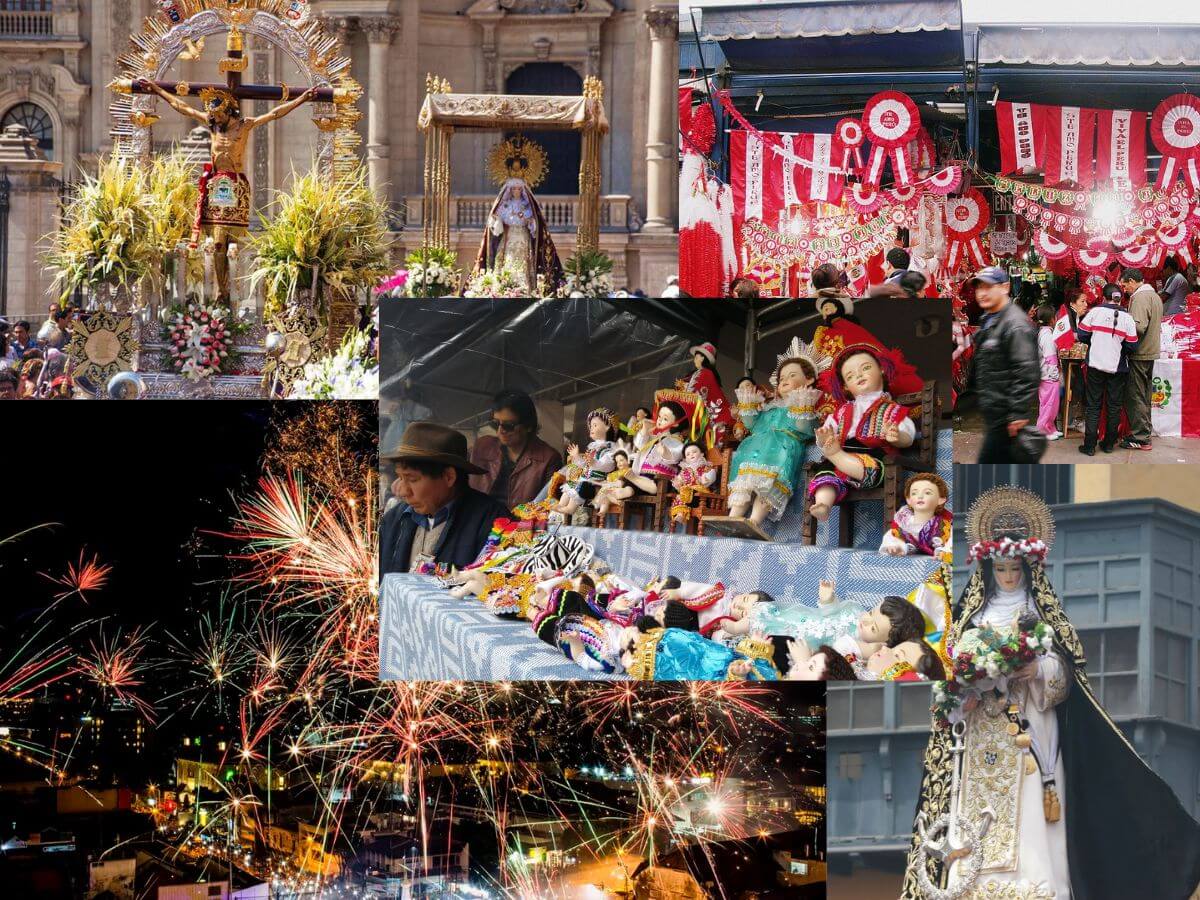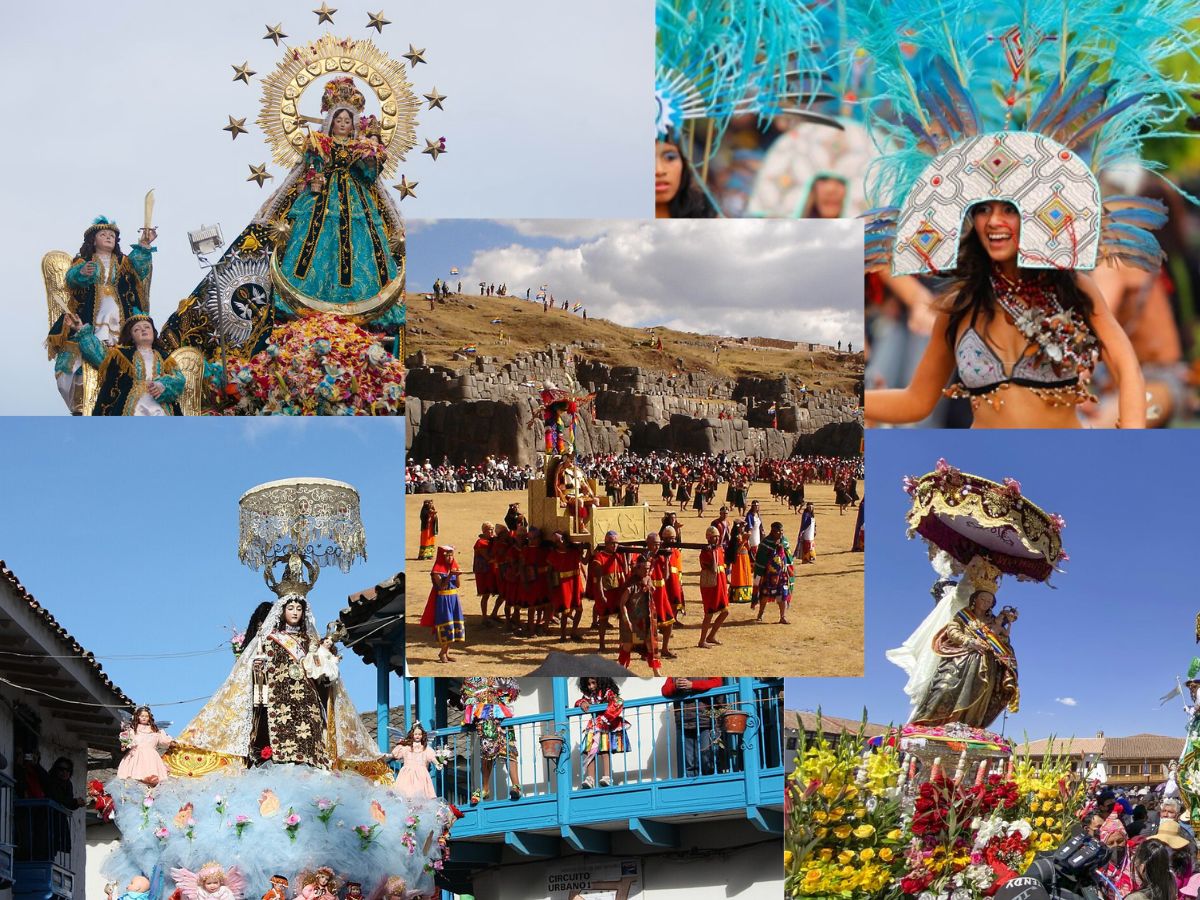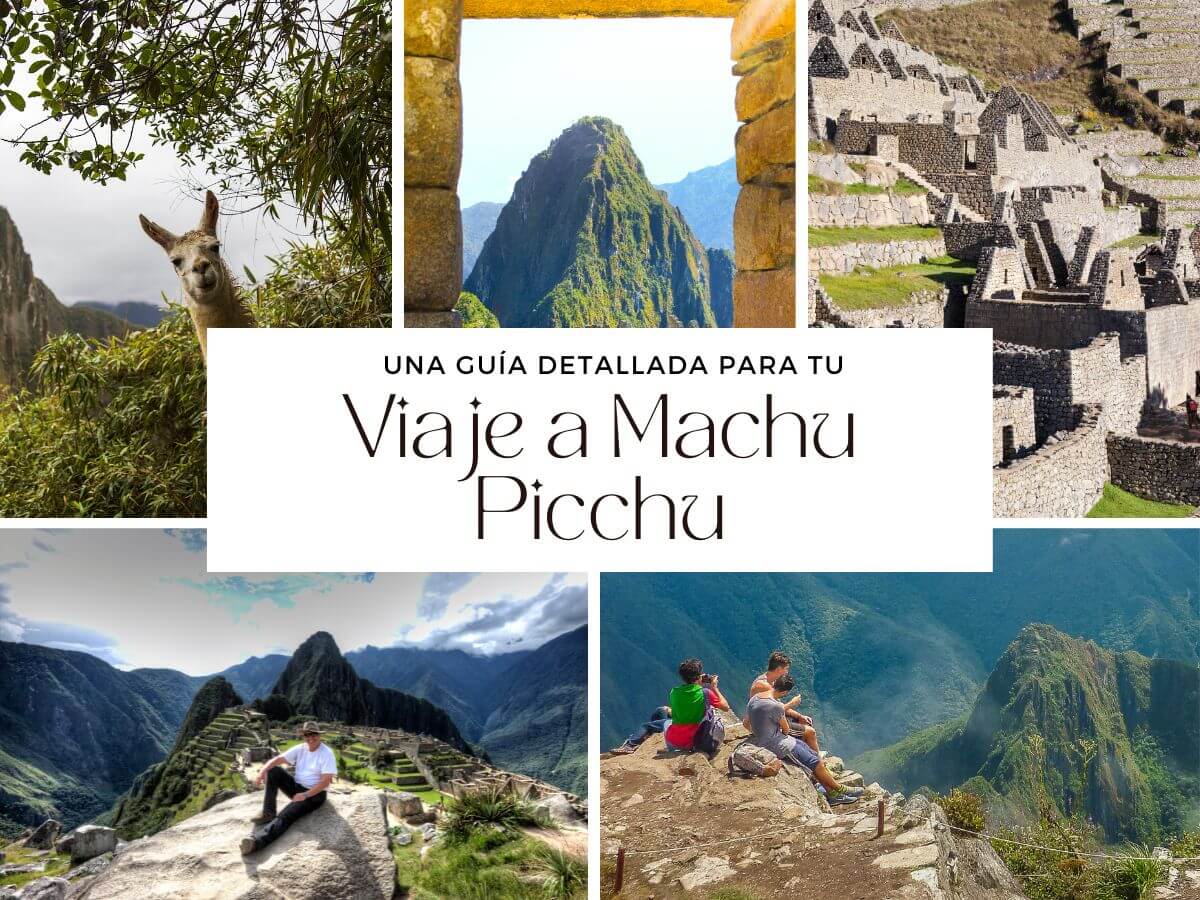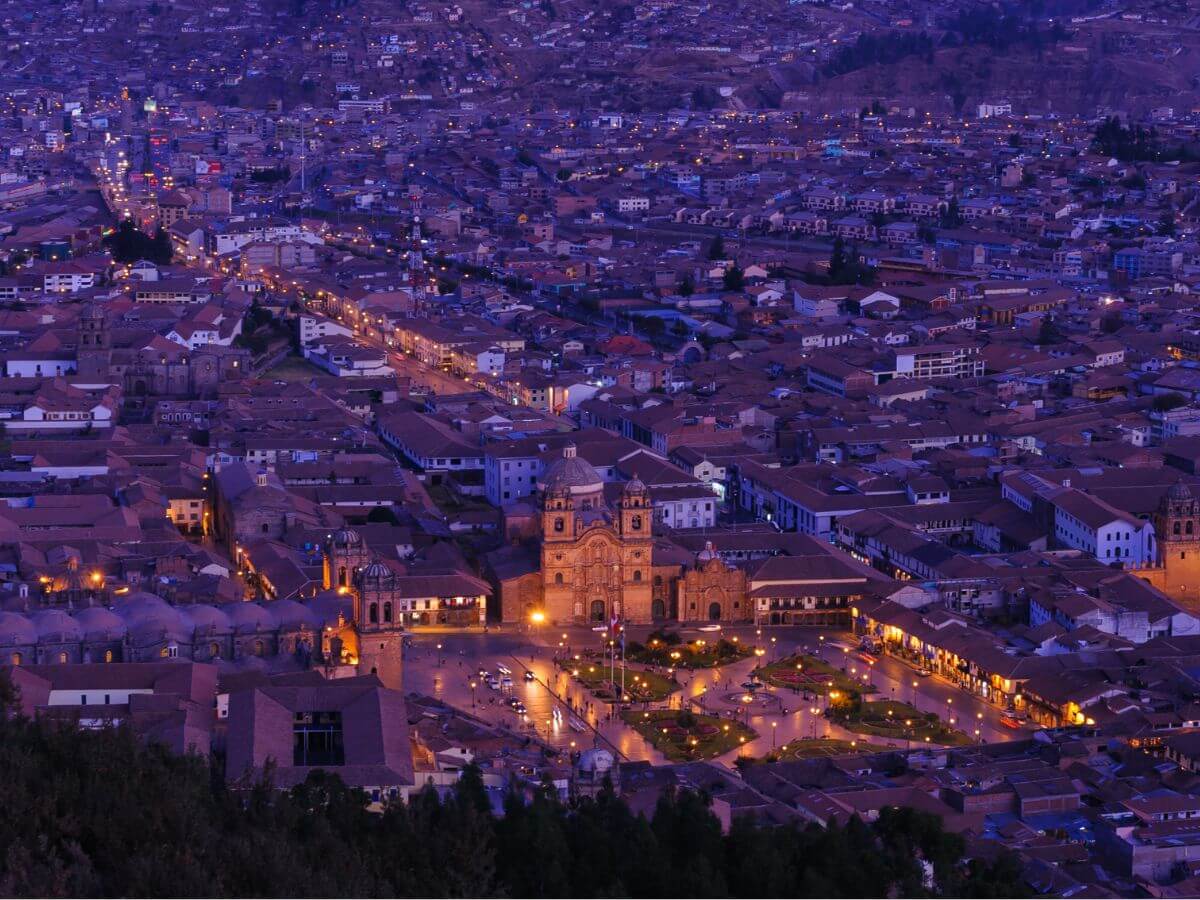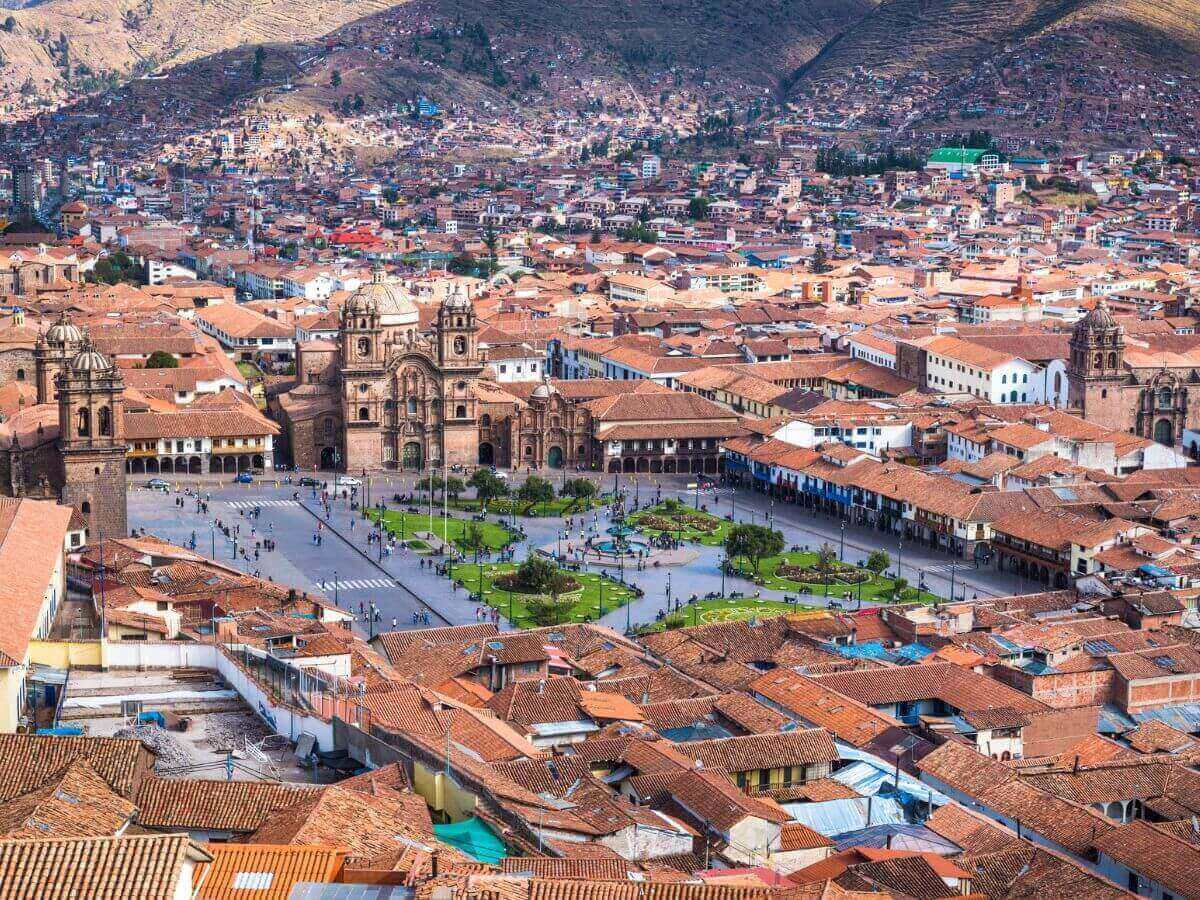Piquillacta – Cusco : Archeological Park

Piquillacta was one of the most important administrative centers of the Huari culture, between the 6th and 9th centuries AD, and represents Huari planned urbanism par excellence.
This imposing archaeological site is located in the province of Quispicanchis, and is one of the beautiful destinations for sightseeing in Cusco. Do you want to know more about its history? Keep reading and get to know this magical place in Peru.
| Piquillacta | |
| Distance from Cusco | 33km south of the city, 1 hour by car |
| Weather | Tempered |
| Height | Above 3350 m.s.n.m |
| Best time to visit | Dry season: From April to October |
| Things to do | Visit to the archaeological complex, visit to the temple of Andahuaylillas |
What is Piquillacta?
Piquillacta is a pre-Inca city invaded by the Huari, they spread from there to the town of Paruro in Cusco.
According to history, the Huari, before settling in Piquillacta, occupied Chelques, originally Lucre; Their great expansion caused them to develop towns with cultural characteristics typical of their culture.
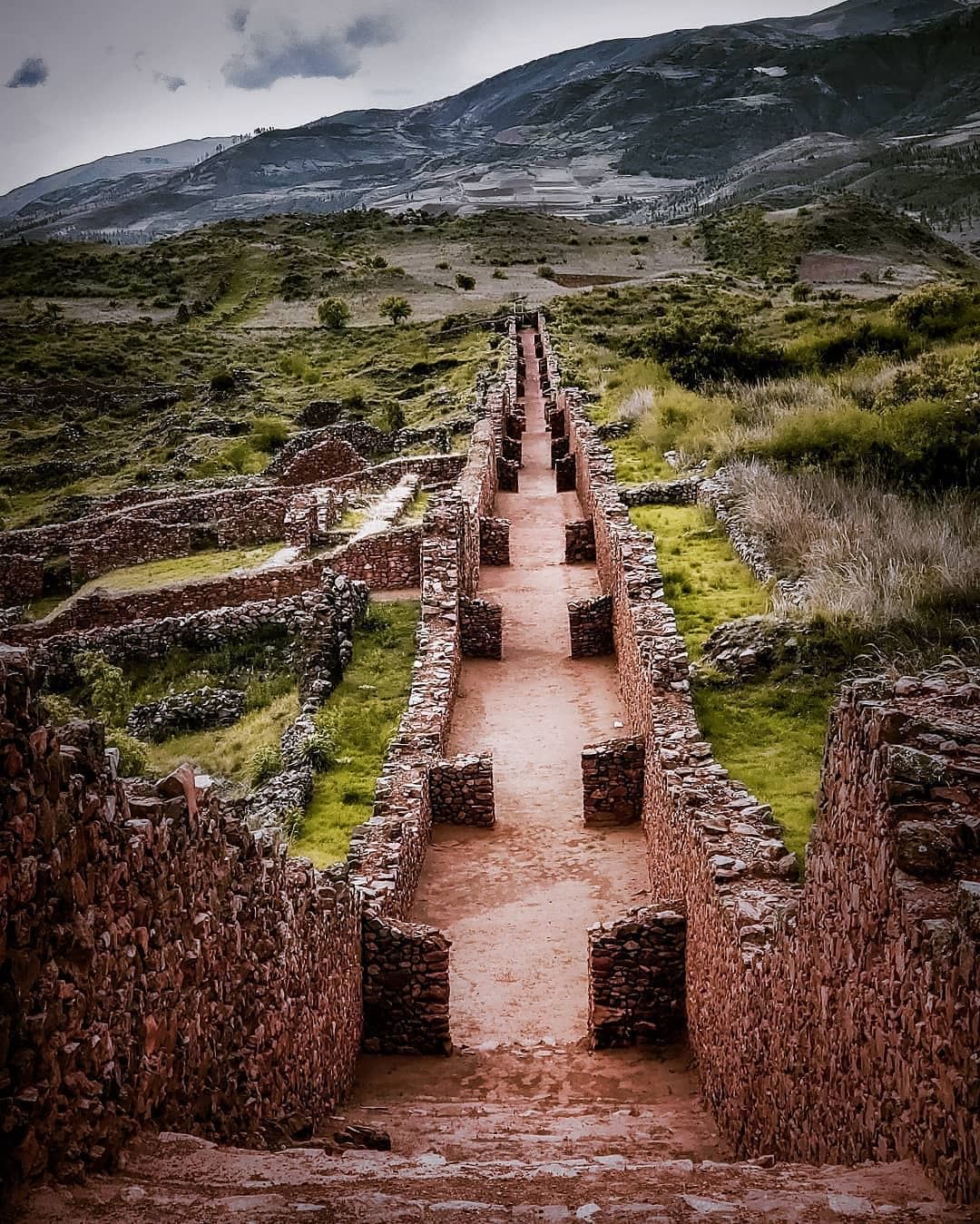
The Incas achieved a high level of engineering and their cities were built under already established urban planning patterns.
The Piquillacta archaeological site was developed between 600 and 1000 AD, it expanded to the south, locating in high Andean regions such as Cusco and Sicuani, from there it extended to the western valleys of the south coast in Arequipa.
Despite the years that have passed, these constructions are still in good condition, there are even hydraulic channels that are still used by the inhabitants of the area and remain intact.
Where is Piquillacta located?
Piquillacta is located in the district of Lucre, the province of Quispicanchis, 30 kilometers southeast of the city of Cusco. It is located at 3,350 meters above sea level. On the way are the districts of Oropesa, Lucre, Tipón and Andahuaylillas.
Piquillacta is part of the Tour to the South Valley of Cusco.
What does “piquillacta” mean?
The term Piquillacta means flea town. It can be considered as “the town of fleas”, although piqui also refers to something very small, so it could mean “small town”.
The name of Piquillacta is assigned after the arrival of the Spanish.
What is the importance of Piquillacta?
The buildings are made of uncut stone and mud with mortar, arranged in groups separated by straight streets and surrounded by walls up to 12 m high, which gave it the appearance of a fortification.
In total it contains 700 buildings, 200 fields and 508 warehouses or colcas (others consider it homes), among other buildings. For the most part, the walls of the houses are covered with plaster and some are even painted with well-defined anthropomorphic motifs; there is also evidence that many buildings had two and even three floors.
All of which gives the impression that its inhabitants were very well developed in many ways. It is estimated that it housed a population of 10 thousand people.

Piquillacta
How to go to Piquillacta from Cusco?
One way to get to Piquillacta is by taking the buses that go to Urcos. Another option, and the most recommendable, is through a private travel agency. At Machu Picchu Peru Tours we offer you many options so that your trip is the best experience you have ever lived and you get to know the culture of the Sacred Valley of the Incas.
What to see in Piquillacta?
In Piquillacta you can see sharp stone walls, harmonious and symmetrical buildings in blocks with straight streets that had various sectors, such as administrative, ceremonial, urban and defensive, as well as a system of roads.
All the constructions, including the floors, were made with a type of thick plaster, giving the impression of being a white city, possibly one of the main cities of the Huari culture of that time.
Qaranqayniyuj
Some of its buildings are in the shape of semicircles, built irregularly, part of it is located in a natural hollow, and the other is located on a larger plateau than the previous one.
shock:
Its constructions are the most impressive of the Piquillacta archaeological complex, they are located on the left side of the Huatanay river. These buildings have similar characteristics, constructions of 2 or 3 floors where the first floors are made of stone and mud, and the upper floors only of adobe and mud.
Urpicancha
Known as the “house of the birds”. It is one of the most important structures of Piquillacta and Cusco; It has platforms of extraordinary quality, excellently armed without amalgamation of any kind.

Kunturqaqa
Its name can be translated as “Rock of the Condors”; and it is understood that they gave it that name since the rock has the shape of the head of a condor; however, the true meaning of the place is not known.
Amarupata Platforms
It means “place of snakes” and perhaps it was because snakes abounded in this place; These platforms are located southeast of the city of Lucre, its old water channels are magnificent and are still used by the inhabitants of the area.
This valuable place awaits many visitors like you who are passionate about archaeological sites in the time of the Incas.
Piquillacta is one of the best preserved places in Peru that you should visit on your next trip.










